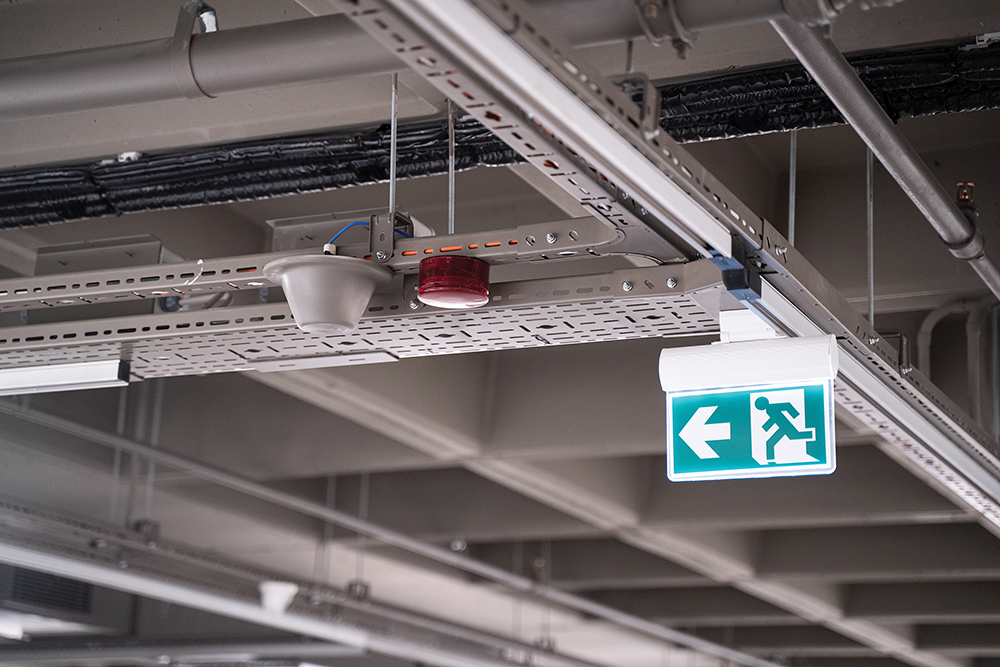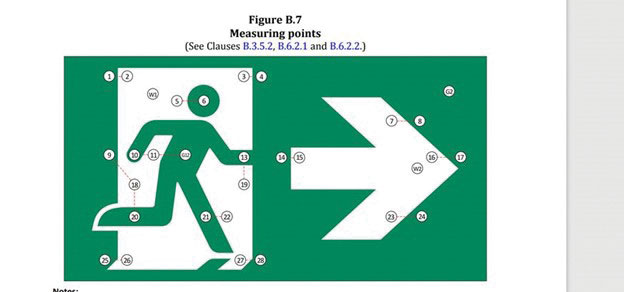My last article covered some amendments to the 2006 Canadian Electrical Code, applicable to the new 2009 version. There are more. This article looks at some further changes which may be of interest.
Rule 10-812 Grounding conductor size for alternating-current systems and service equipment has become more explicit. We will still use Table 17 to determine the minimum sizes of copper grounding conductors, ranging from No. 8 AWG to No. 2/0 AWG.
But Rule 10-812(1) now states: “The size of the grounding conductor for a grounding electrode consisting of a continuous metallic public water system or other interconnected electrode system that may provide multiple metallic paths back to the source shall be selected from Table 17.” OK so far. Surprisingly, Rule 10-812(2) now specifies: “The size of the grounding conductor for other types of grounding electrodes shall not be smaller than No. 6 AWG.” Although not specified, other types of grounding electrodes are those which are not metallically interconnected.
So what does all of this mean? Looking first at Rule 10-812(1), although not expressly stated, the rule implies that the grounded circuit conductor (neutral) is connected to a continuous metallic public water system, both at the transformer supplying the subject electrical system and at the main service equipment. Alternatively, at each location, the grounded circuit conductor may be connected to different grounding electrodes as long as the grounding electrodes are interconnected.
Rule 10-812(2) specifies that when grounding at the transformer and service equipment is made using different grounding electrodes (not interconnected except by the system neutral), the minimum grounding conductor size may be No. 6 AWG copper. In other words, there is no need to go to Table 17.
Appendix B explains the rationale for this change this way. When grounding electrodes are continuous or interconnected, they provide lower impedance return paths for ground-fault currents. Thus higher fault currents are possible, and therefore the requirement for a larger grounding conductor, sized in accordance with Table 17. When the grounding electrodes are metallically discontinuous or not interconnected, the impedances of the return paths will be higher and therefore a smaller grounding conductor size (minimum No. 6 AWG copper) can be justified due to the lower expected ground-fault currents. But what happens when the neutral inadvertently becomes disconnected? I suppose we’ll find out.
Rule 18-114(2) Motors and generators Class I, Zone 1 now requires that increased safety “e” motors must be thermally protected. Appendix B explains: “combining a variable speed frequency drive with a motor may increase the operating temperature of the motor as the result of harmonics produced by the drive. This may cause the motor temperature to exceed the temperature code rating.” We all know what that means. If the surface temperature of a motor exceeds the ignition temperature of the gas or vapour that exists in the motor’s operating environment, a fire or explosion is likely to occur.
Rule 26-260 Transformer continuous load is a new rule. This rule states that conductor sizes and overcurrent protection for continuous loads (if you recall, the loads are on for 50% of the time or longer) must comply with Rules 8-104(4) and (5). You will recollect that these rules provide minimum conductor sizes for continuous loads when using different cable connection arrangements.
Appendix B explains that the above requirements will ensure better coordination between transformer loads and primary overcurrent protection. Appendix B also reminds us that Rule 26-256(3) allows us to exceed the 125% full load current overcurrent protection rule when necessary, up to the next higher standard fuse or circuit-breaker rating or setting.
Rule 36-308 Connection to the station ground electrode has been amended. Rule 36-308(6)(b) now indicates that the minimum size grounding conductor size for substation transformers may be reduced in accordance with Section 10 (Rule 10-812 discussed earlier) as long as it can withstand the transformer’s maximum secondary ground-fault current. Rule 36-308(6)(a) remains unchanged with reference to minimum No. 2/0 AWG copper wire and Table 51.
The title of Section 46 has been amended to read: “Emergency power supply, unit equipment, exit signs and life safety systems” to better describe the scope of that section.
Rule 46-206 Overcurrent protectionhas been amended. Rule 46-206(1) now reminds us that overcurrent protection for an emergency power supply must be matched with overcurrent protection for life safety systems and other equipment to provide selective operation in coordination with the operation of branch-circuit overcurrent protection.
As with earlier articles, you should always consult with the electrical inspection authority in each province or territory for a more specific interpretation of any of the above.










Find Us on Socials